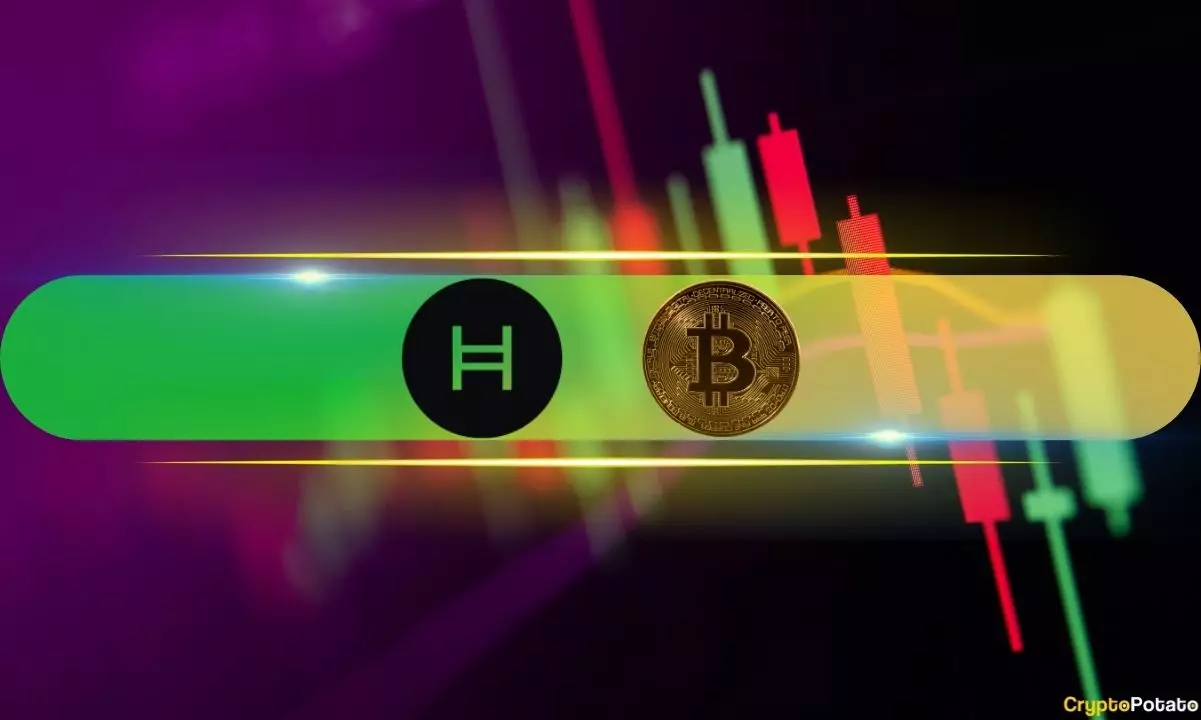The recent lull in Bitcoin’s price movement after a dramatic rally raises uncomfortable questions about the true health of the crypto market. The digital asset, which surged from midweek to nearly $119,000, now appears to be teetering on the edge of complacency. While traders rejoice at the temporary consolidation, this calm can be misleading. Underneath, there’s a brewing undercurrent of instability. The oblivious investor might see stability when, in reality, Bitcoin’s price is marching on a precarious tightrope. It’s worth scrutinizing whether this supposed steadiness is just an illusion—masking underlying momentum that could explode or collapse at any moment.
The Illusion of Strength: Is Bitcoin Truly Resilient?
One might argue that Bitcoin’s recent gains indicate resilience. After all, topping previous all-time highs in quick succession is no small feat. Yet, a deeper analysis reveals this optimism might be misplaced. The rally was driven by quick speculative bursts, not sustainable fundamentals. The crypto ecosystem’s recent price action is less a sign of genuine confidence and more a reflection of extreme volatility that simply paused to take a breath. This temporary stability is fragile, and it disguises the fact that Bitcoin remains vulnerable to macroeconomic shocks or regulatory crackdowns that could send it tumbling anew. As a center-right liberal, I see this as a classic example of an asset inflated by speculative exuberance, not a resilient store of value.
Altcoins Show Different Faces—Are They More Than Just Footnotes?
While Bitcoin’s price plateau might suggest exhaustion, the altcoin landscape paints a different picture—one of vigorous, albeit risky, growth. Stellar’s (XLM) 85% weekly gains shine as a testament to the relentless risk appetite among investors willing to chase higher returns. Similarly, Hedera Hashgraph (HBAR) and BONK have demonstrated significant daily surges, highlighting that, outside of Bitcoin’s shadow, there remains a fervent push for market diversification. These altcoins aren’t just incidental winners but represent a broader shift—investors seeking gains beyond the dominant crypto. This diversification hints at a maturing ecosystem that can withstand Bitcoin’s stagnation, though not without risking exposure to speculative bubbles. The market cap increase supports the thesis that crypto, in general, is gaining traction, yet it also underscores the potential for volatility to intensify as traders chase short-term gains.
The Future Lies in Critical Vigilance, Not Blind Optimism
Crypto enthusiasts who see only bullish signals fail to grasp the underlying risks. The recent surge, while impressive, rests on fleeting momentum boosted by external factors—potentially including macroeconomic uncertainties, geopolitical tensions, and regulatory scrutiny. The Trump tariffs and global trade tensions might inject short-term volatility, but they should not be mistaken for a foundation for long-term growth. Instead, the prudent approach emphasizes caution and skepticism. Central to this is recognizing that, despite the hype, mainstream adoption remains fragile, susceptible to policy shifts and market manipulation. As a centrist, I believe the real power lies in balancing openness with skepticism—embracing innovation while diligently guarding against the hype-driven bubbles that threaten to destabilize the broader economy. Bitcoin’s current quietude, then, should be viewed less as a sign of healthy maturity and more as a waiting game—one that could turn sharply if the underlying vulnerabilities are exposed.

